Manejo anestésico de los tumores supratentoriales
Resumen
Los tumores supratentoriales son neoplasias localizadas en la región del cerebro por encima de la tienda del cerebelo, afecta estructuras importantes como los hemisferios cerebrales, el tálamo y los ganglios basales. Los gliomas son los tumores más frecuentes y se originan de las células gliales, las cuales se encargan de brindar soporte y protección a las neuronas. Los gliomas incluyen astrocitomas, oligodendrogliomas y glioblastomas, con diferentes grados de agresividad y pronóstico. El manejo quirúrgico de los tumores supratentoriales representa un desafío debido a la complejidad anatómica y la proximidad a áreas funcionales críticas. El uso correcto de la anestesia es importante para garantizar la seguridad del paciente y optimizar los resultados quirúrgicos. La elección del agente anestésico influye en la presión intracraneal, la perfusión cerebral y la neuroprotección, siendo importantes para resección tumoral. Las técnicas como la anestesia despierta permiten preservar funciones neurológicas durante la cirugía, facilitando la identificación de áreas cerebrales elocuentes. Los beneficios de un manejo anestésico adecuado incluyen la estabilidad hemodinámica, el control de la presión intracraneal, la prevención de crisis convulsivas intraoperatorias y una recuperación neurológica más rápida.
Descargas
Citas
Palmisciano P, Haider AS, Balasubramanian K, Dadario NB, Robertson FC, Silverstein JW, et al. Supplementary motor area syndrome after brain tumor surgery: a systematic review. World Neurosurg. 2022;165:160-171.
Graber J, Cobbs C, Olson J. Congress of neurological surgeons systematic review and evidence-based guidelines on the use of stereotactic radiosurgery in the treatment of adults with metastatic brain tumors. Neurosurgery. 2019;84(3):E168-E170.
Nag D, Sahu S, Swain A, Kant S. Intracranial pressure monitoring: Gold standard and recent innovations. World J Clin Cases. 2019;7(13):1535.
Cistaro A, Albano D, Alongi P, Laudicella R, Pizzuto D, Formica G, et al. The Role of PET in supratentorial and infratentorial pediatric brain tumors. Curr Oncol. 2021;28(4):2481-2495.
Rosenberg D, Geever B, Patel A, Chaker A, Bhimani A, Kheirkhah P, et al. Supratentorial and infratentorial approaches to pineal surgery: a database analysis. J Neurol Surg B Skull Base. 2019;80(04):364-370.
Li F, Gorji R. Anesthesia for Supratentorial Brain Tumor (SBT). In: Textbook of Neuroanesthesia and Neurocritical Care: Volume I-Neuroanesthesia. 2019. p. 77-93.
Valles S, Nájera G, González A. Manejo anestésico en tumor supratentorial. International Journal of Recent Advances in Multidisciplinary Research.2023;10:3: 8378-8385
Wu L, Zhao H, Weng H, Ma D. Lasting effects of general anesthetics on the brain in the young and elderly: "mixed picture" of neurotoxicity, neuroprotection and cognitive impairment. J Anesth. 2019;33:321-35.
Jang JS, Kwon Y, Hwang SM, Lee JJ, Lee JS, Lee SK, et al. Comparison of the effect of propofol and desflurane on S-100β and GFAP levels during controlled hypotension for functional endoscopic sinus surgery: a randomized controlled trial. Medicine (Baltimore). 2019;98(46):e17957. DOI: 10.1097/MD.0000000000017957
Tegegne S, Gebregzi A, Arefayne N. Deliberate hypotension as a mechanism to decrease intraoperative surgical site blood loss in resource limited setting: a systematic review and guideline. Int J Surg Open. 2021;29:55-65. DOI: 2020.11.019
Irwin M, Chung C, Ip KY, Wiles M. Influence of propofol-based total intravenous anesthesia on peri-operative outcome measures: a narrative review. Anaesthesia. 2020;75 Suppl 1:e90-e100. doi:10.1111/anae.14905
Arzoine J, Levé C, Pérez-Hick A, Goodden J, Almairac F, Aubrun S, et al. Anesthesia management for low-grade glioma awake surgery: a European Low-Grade Glioma Network survey. Acta Neurochir (Wien). 2020;162:1701-1707.
Natalini D, Ganau M, Rosenkranz R, Petrinic T, Fitzgibbon K, Antonelli M, et al. Comparison of the asleep-awake-asleep technique and monitored anesthesia care during awake craniotomy: a systematic review and meta-analysis. J Neurosurg Anesthesiol. 2022;34(1):e1-e13.
Shah V, Hoang N, Rodgers B, Dornbos D, Eaton R, Pezzutti D, et al. The Impact of Preoperative Opioids on Outcomes in Craniotomy Patients. Neurosurgery. 2019;66:310-706.
Bijanki K, Manns J, Inman C, Choi K, Harati S, Pedersen N, et al. Cingulum stimulation enhances positive affect and anxiolysis to facilitate awake craniotomy. J Clin Invest. 2019;129(3):1152-1166.
Bisri D, Maharani M, Bisri T. Anesthesia for Craniotomy Tumor Removal Patient with Morbid Obesity. J Law Sustain Dev. 2024;12(1):e1816-e1816.
Frati A, Pesce A, Palmieri M, Iasanzaniro M, Familiari P, Angelini A, et al. Hypnosis-aided awake surgery for the management of intrinsic brain tumors versus standard awake-asleep-awake protocol: a preliminary, promising experience. World Neurosurg. 2019;121:e882–e891.
Darlix A, Mandonnet E, Freyschlag C, Pinggera D, Forster M, Voss M, et al. Chemotherapy and diffuse low-grade gliomas: a survey within the European Low-Grade Glioma Network. Neuro-oncol Pract. 2019;6(4):264-273.
Seidel K, Szelényi A, Bello L. Intraoperative mapping and monitoring during brain tumor surgeries. In: Handbook of Clinical Neurology. 2022;186:133-149.
Wu H, Hsu P, Hsu S, Lin C, Liao K, Yang K, et al. Correlation between intraoperative mapping and monitoring and functional outcomes following supratentorial glioma surgery. Tzu Chi Med J. 2021;33(4):395-398.
Hwang K, Park J, Kwon Y, Cho S, Choi B, Kim J, et al. Fully Automated Segmentation Models of Supratentorial Meningiomas Assisted by Inclusion of Normal Brain Images. J Imaging. 2022;8(12):327.
Wang L, Englander Z, Miller M, Bruce J. Malignant glioma. In: Human Brain and Spinal Cord Tumors: From Bench to Bedside. Volume 2: The Path to Bedside Management. 2023. p. 1-30. Villao Rodríguez, A., Yaguana Torres, J., & Lara Arriaga, S. (2024). Estrategia para el Desarrollo de Habilidades en la Atención de Urgencias Obstétricas en el Estudiante de Medicina Durante su Internado Rotativo. Estudios Y Perspectivas Revista Científica Y Académica , 4(2), 211–234. https://doi.org/10.61384/r.c.a.v4i2.210
Cabrera Loayza , K. V. (2024). Transformando la Educación Básica: Retos y Perspectivas de la Inteligencia Artificial . Revista Científica De Salud Y Desarrollo Humano, 5(2), 01–17. https://doi.org/10.61368/r.s.d.h.v5i2.113
Bautista-Díaz, M. L., Hickman Rodríguez, H., Cepeda Islas, M. L., & Bernardino Miranda, D. J. (2024). Lectura, escritura y oralidad en la educación superior. Emergentes - Revista Científica, 4(1), 218–240. https://doi.org/10.60112/erc.v4i1.105
Agrela Rodrigues, F. de A., Luíza Oliveira Zappalá, Avila, E., & Gonçalves de Carvalho, L. F. (2024). Possíveis razões para o "d-lay" específico em pessoas de alto QI. Revista Veritas De Difusão Científica, 5(1), 24–38. https://doi.org/10.61616/rvdc.v5i1.53
Fernández C., F. (2024). Determinación De Erodabilidad En Áreas De Influencia Cuenca Poopo Región Andina De Bolivia. Horizonte Académico, 4(4), 63–78. Recuperado a partir de https://horizonteacademico.org/index.php/horizonte/article/view/19
Medina Nolasco, E. K., Mendoza Buleje, E. R., Vilca Apaza, G. R., Mamani Fernández, N. N., & Alfaro Campos, K. (2024). Tamizaje de cáncer de cuello uterino en mujeres de una región Andina del Perú. Arandu UTIC, 11(1), 50–63. https://doi.org/10.69639/arandu.v11i1.177
Da Silva Santos , F., & López Vargas , R. (2020). Efecto del Estrés en la Función Inmune en Pacientes con Enfermedades Autoinmunes: una Revisión de Estudios Latinoamericanos. Revista Científica De Salud Y Desarrollo Humano, 1(1), 46–59. https://doi.org/10.61368/r.s.d.h.v1i1.9
Himes BT, Zhang L, Daniels DJ. Treatment strategies in diffuse midline gliomas with the H3K27M mutation: the role of convection-enhanced delivery in overcoming anatomic challenges. Front Oncol. 2019;9:31. DOI: 2019.00031.
Uthamacumaran A. Dissecting cell fate dynamics in pediatric glioblastoma through the lens of complex systems and cellular cybernetics. Biol Cybern. 2022;116(4):407-45.
Uribe D, Niechi I, Rackov G, Erices JI, San Martín R, Quezada C. Adapt to persist: Glioblastoma microenvironment and epigenetic regulation on cell plasticity. Biology. 2022;11(2):313.
Yalamarty S, Filipczak N, Li X, Subhan M, Parveen F, Ataide J, et al. Mechanisms of resistance and current treatment options for glioblastoma multiforme (GBM). Cancers. 2023;15(7):2116.
Willman M, Willman J, Figg J, Dioso E, Sriram S, Olowofela B, et al. Update for astrocytomas: medical and surgical management considerations. Exploration of neuroscience. 2023;2(1):1-26.
Hersh A, Jallo G, Shimony N. Surgical approaches to intramedullary spinal cord astrocytomas in the age of genomics. Front Oncol. 2022;12:982089.
Pan-Weisz TM. Health-Related Quality of Life and Executive Functioning among Primary Brain Tumor Patients: Associations and Causal Pathways [tesis doctoral]. University of California, San Diego; 2019.
Shin D, Lee S, Song S, Cho Y, Hong S, Kim J, et al. Survival outcome and prognostic factors in anaplastic oligodendroglioma: a single-institution study of 95 cases. Sci Rep. 2020;10(1):20162.
Mamadaliev D, Kariev G, Asadullaev U, Yakubov J, Zokirov K, Khasanov K, et al. Simplifying the technique of awake brain surgery in a condition of less equipped neurosurgical institution in Uzbekistan. Asian J Neurosurg. 2023;17.
Metwali H, Ibrahim T, Raemaekers M. Changes in intranetwork functional connectivity of resting state networks between sessions under anesthesia in neurosurgical patients. World Neurosurg. 2021;146:e351-e358.
Al-Adli N, Young J, Sibih Y, Berger M. Technical aspects of motor and language mapping in glioma patients. Cancers. 2023;15(7):2173.
Noh T, Mustroph M, Golby AJ. Intraoperative imaging for high-grade glioma surgery. Neurosurgery Clinics. 2021;32(1):47-54.
Frisken S, Luo M, Machado I, et al. Preliminary results comparing thin plate splines with finite element methods for modeling brain deformation during neurosurgery using intraoperative ultrasound. Proc SPIE Int Soc Opt Eng. 2019;10951. DOI: 10.1117/12.2512799
Vega Alvarez, E., & Huang Chang, Y. (2024). Blended Learning, and Its Impact on English Speaking Skills in Pronunciation in Group 11-4 of Liceo de Santo Domingo, I Quarter 2024. Ciencia Y Reflexión, 3(2), 159–173. https://doi.org/10.70747/cr.v3i2.18
Chavarría Hidalgo, C. (2024). Calculation of productive capacity: From theory to practice. Ciencia Y Reflexión, 3(2), 194–214. https://doi.org/10.70747/cr.v3i2.20
Agrela Rodrigues, F. de A., Moreira da Silveira, F., Moreira de Lima, M. R., & Pinto Uchôa , K. S. (2024). Identificando a Inteligência em Crianças: Traços Físicos e Comportamentais. Ciencia Y Reflexión, 3(2), 21–51. https://doi.org/10.70747/cr.v3i2.5
Derechos de autor 2025 Ana Cristina Oscuez Mayorga , Omar Antonio Rodríguez Álvarez, Valeria Michell González Gómez, Dave Carlos Arana González , Anggie Nicole San Wong Pazmiño

Esta obra está bajo licencia internacional Creative Commons Reconocimiento 4.0.












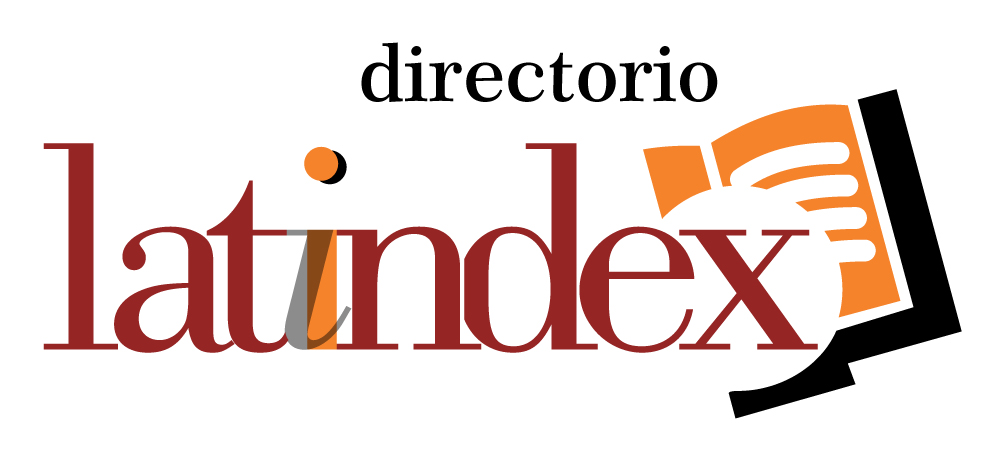
.png)
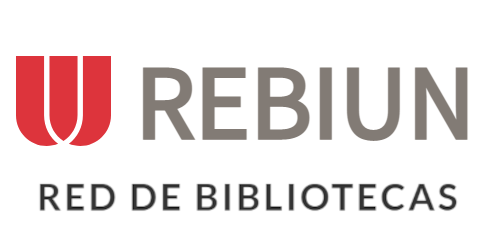







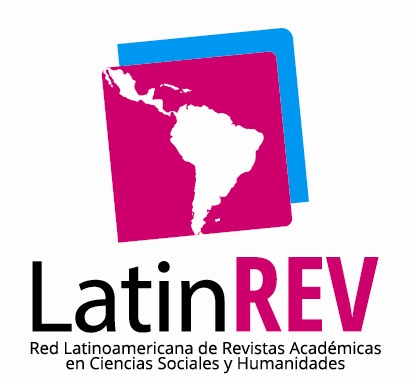

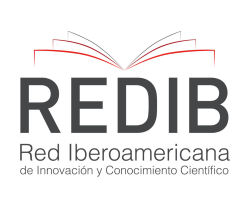


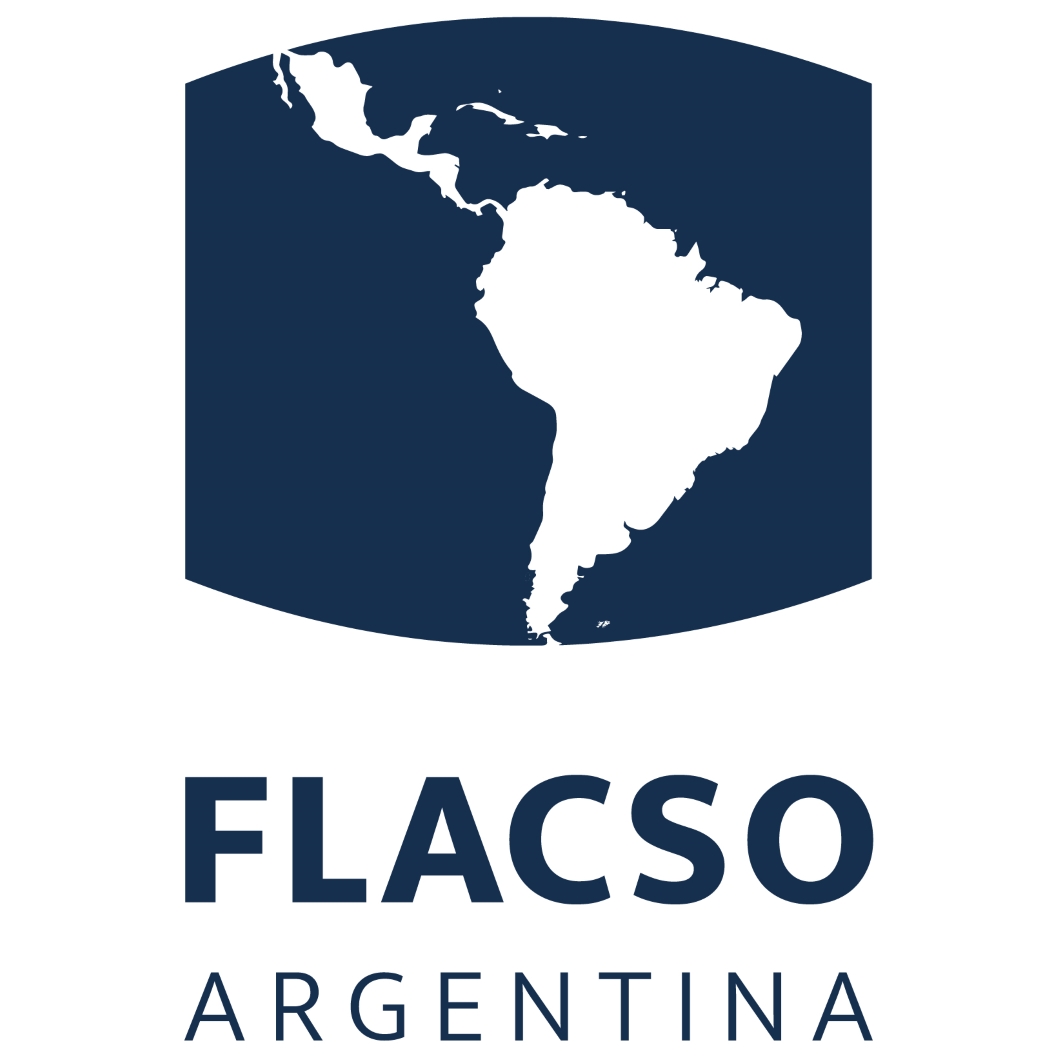


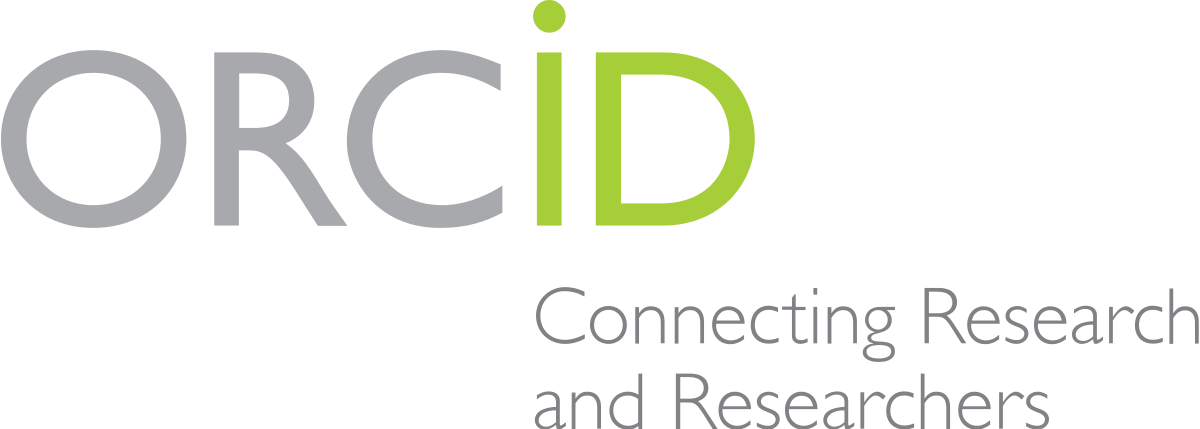



.png)
1.png)


